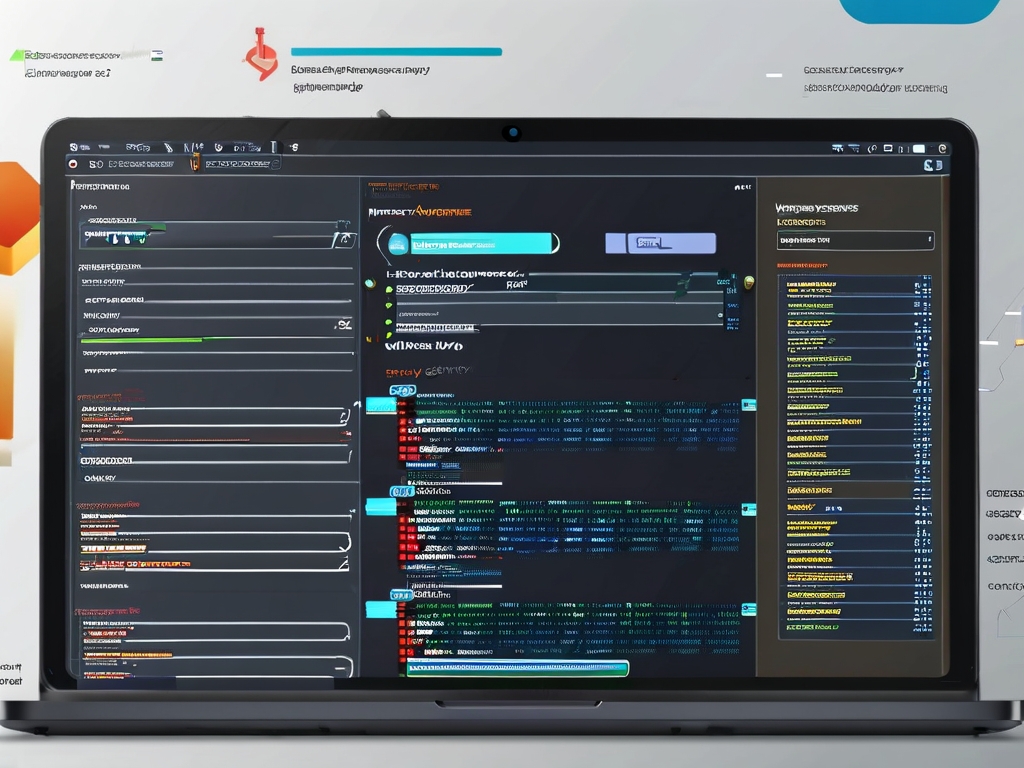In the rapidly evolving landscape of technology, database software development remains a cornerstone of enterprise solutions. However, the success of such projects hinges on meticulous requirements analysis—a phase often underestimated yet critical to avoiding costly revisions and system inefficiencies. This article explores the core principles and challenges of defining requirements for database-driven applications, offering actionable insights for developers and stakeholders.

The Role of Requirements Analysis in Database Development
Requirements analysis serves as the blueprint for database software design. It bridges the gap between business objectives and technical execution by identifying user needs, data flow patterns, and system constraints. For instance, a healthcare application handling patient records demands strict compliance with data privacy regulations like HIPAA, which directly impacts database architecture choices. Without clarifying these requirements early, developers risk building systems that fail to align with legal or operational standards.
A common pitfall is overlooking scalability requirements. A startup might prioritize minimal upfront costs, opting for a lightweight database solution. However, if the system isn’t designed to accommodate rapid user growth, scaling becomes prohibitively expensive. Case studies reveal that projects incorporating scalability analysis during the requirements phase reduce long-term maintenance costs by 40–60%.
Key Steps in Effective Requirements Gathering
- Stakeholder Collaboration: Engage end-users, IT teams, and business leaders to define pain points and expectations. For example, a retail company may emphasize real-time inventory tracking, necessitating a database with low-latency query capabilities.
- Data Modeling: Map entities, relationships, and attributes to structure the database schema. Tools like ER diagrams help visualize how data interacts, ensuring consistency and avoiding redundancy.
- Performance Metrics: Define benchmarks for response times, concurrent user capacity, and disaster recovery protocols. Stress-testing prototypes against these metrics identifies bottlenecks before full-scale development.
Challenges in Database Requirements Analysis
One major challenge is balancing flexibility and specificity. Overly rigid requirements stifle innovation, while vague criteria lead to scope creep. A financial institution, for instance, might require strict transaction auditing but also need adaptability for future regulatory changes. Agile methodologies, such as iterative prototyping, address this by allowing incremental refinements based on feedback.
Another hurdle is managing legacy system integration. Organizations often rely on outdated databases that must coexist with new software. Requirements analysts must assess compatibility issues, such as data format mismatches or API limitations, to ensure seamless interoperability.
Tools and Techniques for Modern Requirements Analysis
Modern teams leverage tools like Jira, Confluence, or specialized SQL-based platforms to document and track requirements. For example, using SQL snippets to simulate queries during the analysis phase helps validate whether the proposed schema supports actual use cases:
-- Example: Testing join operations for a customer-order database SELECT customers.name, orders.total FROM customers INNER JOIN orders ON customers.id = orders.customer_id WHERE orders.date >= '2023-01-01';
Additionally, machine learning algorithms are increasingly used to predict data growth trends, informing capacity planning decisions.
Database software development thrives on clarity and foresight during requirements analysis. By prioritizing stakeholder alignment, scalability, and adaptive planning, teams can deliver robust systems that evolve with organizational needs. As data continues to drive decision-making, mastering this phase becomes not just a technical task but a strategic imperative.









